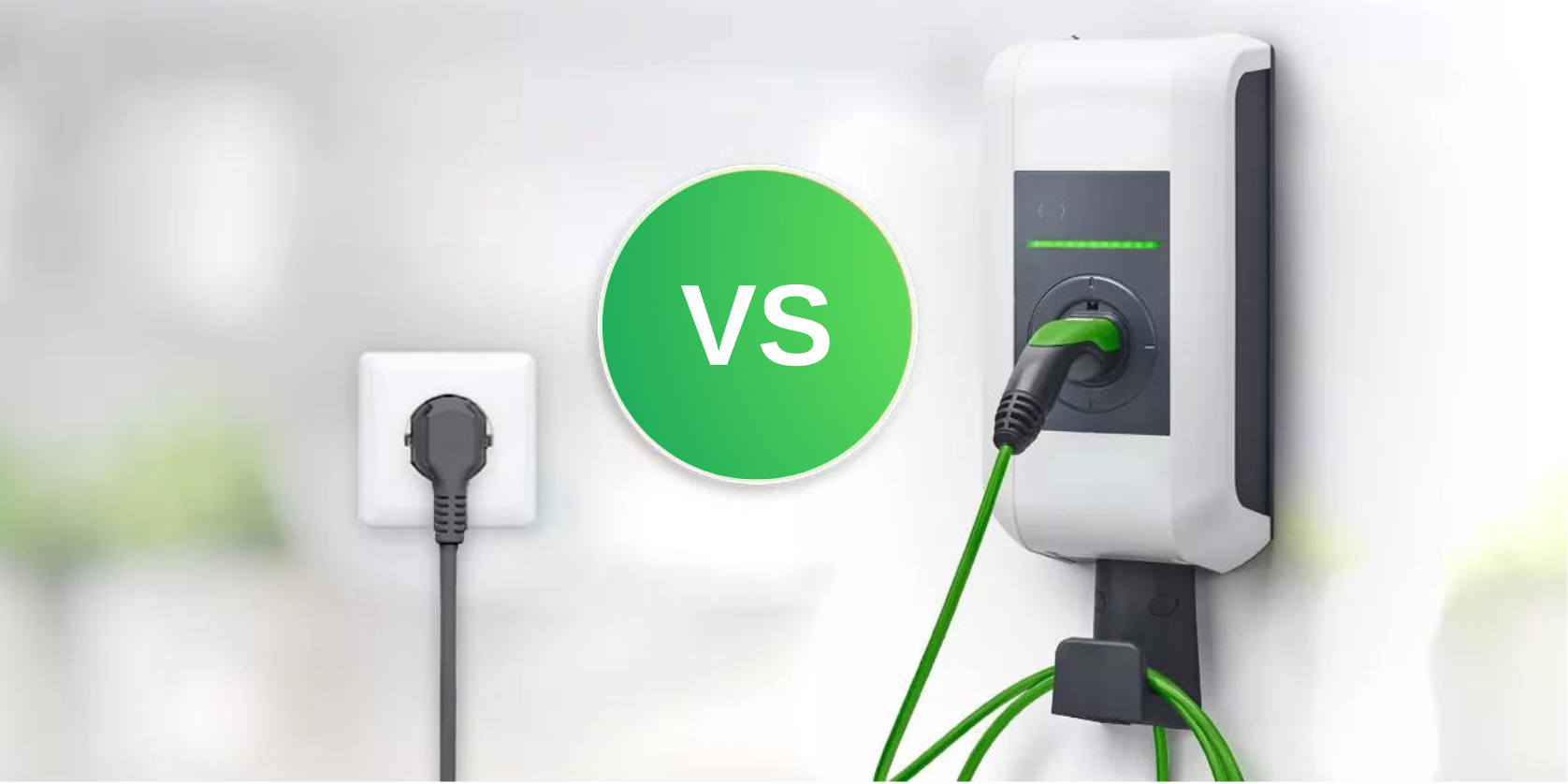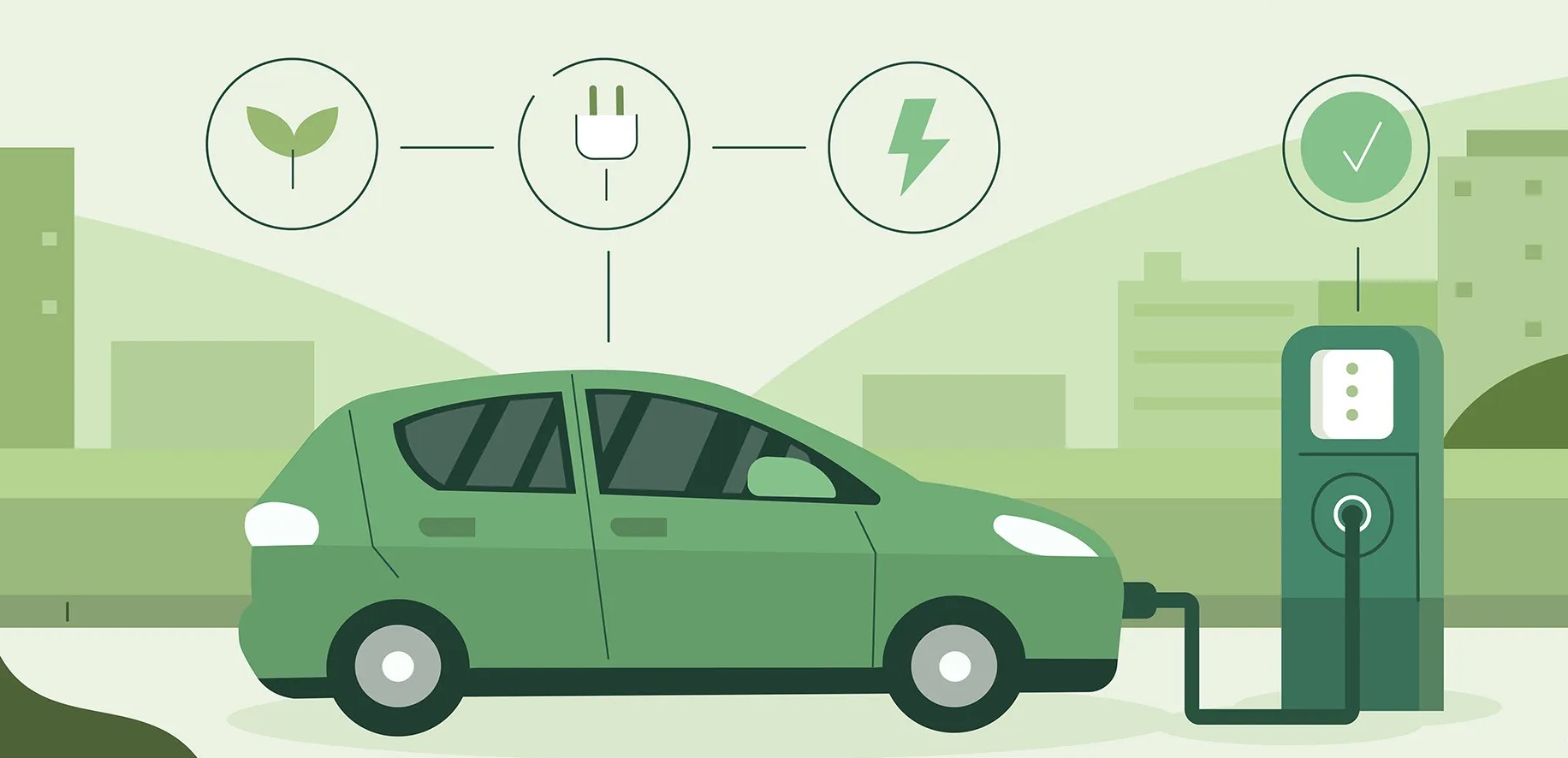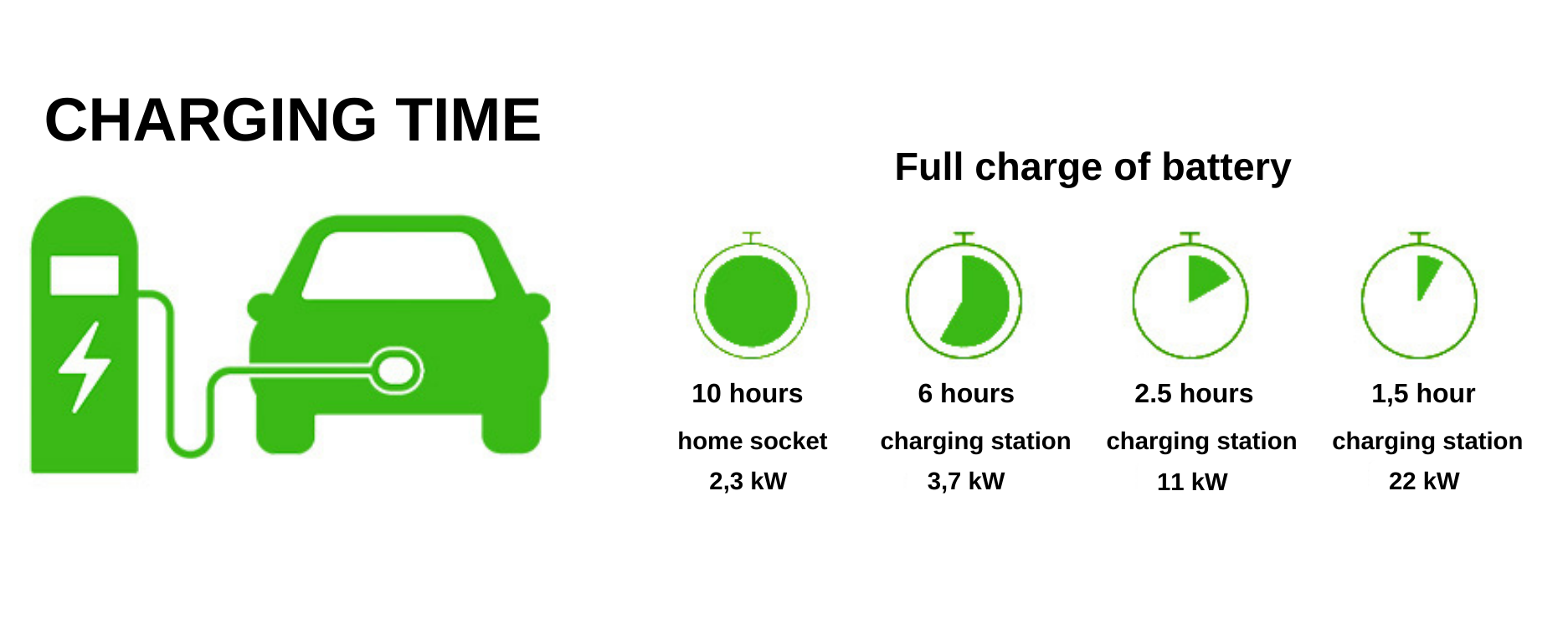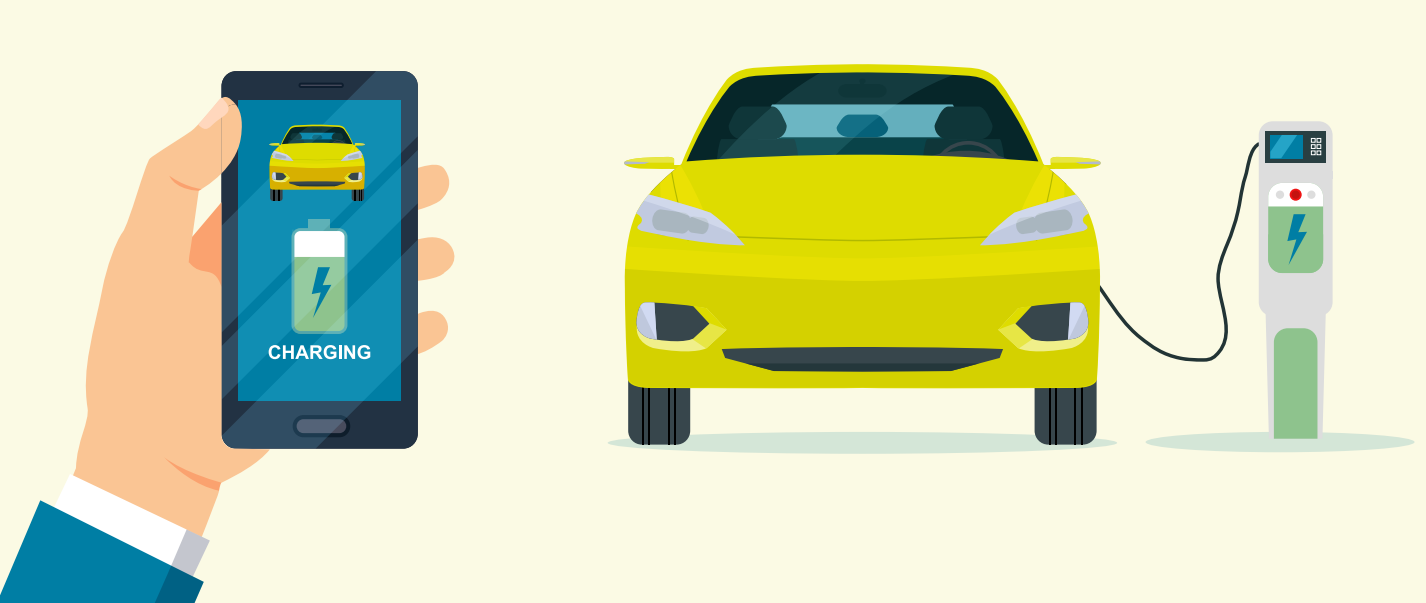What is the main charm of an electric car besides environmental friendliness? Convenience and savings at the gas station. What could be simpler: come home, plug your car into a power outlet, and a fully charged car awaits you in the morning. But have you ever thought about why specialized charging stations were created? An outlet is certainly a convenient option, but charging stations open up completely new possibilities for the owner of an electric car. Let’s take a closer look.
“In a world where energy is the key to movement, the outlet is just the beginning. The charging station is the tool that takes you to endless electrical possibilities.” – Octa Energy
Charging with a stationary station is safer
Household grounded outlets are not designed to handle the high continuous load that charging an electric vehicle creates. In some tests, outlets with a plugged-in electric vehicle reached temperatures of more than 80 degrees Celsius in just 15 minutes. In the best case, the fuse will blow and the electricity will be lost; in the worst case, the electrical wiring will burn out, which can lead to a fire.
To install a charging station, a new electrical line is laid, which is specifically designed to handle loads from car chargers. In addition, charging stations comply with multiple regulatory requirements, which ensures safety from the point of view of all possible electrical risks. Additionally, the stations are designed to operate outdoors and can withstand rain, snow and wind without posing a threat to the user’s safety.
The loading process is faster
Thanks to a special connection, a home charging station can provide much more power, which in turn leads to faster charging. Compared to a standard home socket, which is typically 3.5 kW, home chargers can output 7, 11 or 22 kW.
All electric cars usually come with two charging cables: the main one and the one for periodic charging. The second is intended for temporary, short-term use only. The first is designed for faster and more efficient charging and is used, for example, when charging a car at a charging station at home.
You have the ability to control charging
In addition to speed and safety, a home charging station has a number of advantages over a regular outlet.
- Remote management and control of charging sessions, often through a mobile application. You can set the start and end time of charging, and also monitor the current battery level. This is especially convenient in regions with different electricity tariffs at different times of the day. Managing charging through a mobile application not only simplifies the process, but also helps you save money by allowing you to charge your car at the most advantageous time.
- Get information about energy consumption and charging costs. You can track the energy consumption per charge, which helps you understand the cost. This is especially useful for those who want to control their energy costs and optimize charging times to avoid peak tariffs.
- Automatic software updates for new features, bug fixes and remote troubleshooting. Some station models can automatically download and install a new software version. These updates improve the station’s compatibility with new electric vehicle models and provide more reliable and efficient operation.
Having considered all the advantages, it becomes clear why a charging station is better than a regular outlet for electric vehicle owners. Ease of operation, increased charging speed and safety – all these aspects make Octa charging stations the optimal choice. Order charging stations from Octa and move to a new level of comfort and efficiency.
“A charging station is more than just an improved outlet. It’s your personal electrical device, where every charge is an investment in your mobility and future.” – Octa Energy




